Let's be honest: traditional org charts are like those old family trees you had to draw in school—confusing branches, questionable connections, and you're still not sure how Cousin Eddie fits into the picture. You know the ones—a pyramid of boxes connected by lines, resembling a game of Tetris gone horribly wrong. It's time to face the music: your org chart might be sabotaging your business. But fear not! The EOS Accountability Chart is here to save the day (no cape required).
Traditional Org Charts: A Hierarchy of Head-Scratchers
In the classic org chart, titles and hierarchy are king. It's all about who reports to whom, with less emphasis on what anyone actually does. These charts often create silos, foster power struggles, and can turn team meetings into episodes of "Survivor," where alliances are formed, and someone always gets metaphorically voted off the island.
Moreover, traditional org charts are about as flexible as that rusty office chair that hasn't been adjusted since 1995. They don't adapt well to change—bad news in today's fast-paced business environment. It's like trying to navigate rush-hour traffic with a paper map when everyone else is using GPS.
Enter the EOS Accountability Chart: Roles Over Titles
The EOS (Entrepreneurial Operating System) Accountability Chart flips the script. Instead of fixating on titles and hierarchy, it emphasizes roles and responsibilities. Think of it as the Marie Kondo of organizational structure—it tidies up the chaos by clearly defining who does what and why.
In the Accountability Chart, the question isn't "Who reports to whom?" but "Who is accountable for what?" It's less about stacking boxes and more about aligning roles with your company's needs. It's like assembling a dream team where everyone knows their position and plays it well—no more outfielders trying to pitch.
Why the Accountability Chart Is a Game Changer
First off, it promotes clarity. Employees know exactly what's expected of them without needing a decoder ring. It eliminates overlaps and gaps in responsibilities, so you won't have three people assuming someone else ordered the office coffee (the true lifeblood of any company).
Secondly, it encourages flexibility. As your business evolves, so can your Accountability Chart. Roles can be redefined, added, or shifted without causing a company-wide identity crisis.
Lastly, it fosters accountability (hence the catchy name). When everyone knows their role, there's no room for the classic "Was that my job?" shuffle. It's the end of the blame game and the start of a more cohesive, responsible team.
Making the Switch Without a Glitch
Transitioning to an EOS Accountability Chart might seem daunting, but it's simpler than convincing your cat to take a bath. Start by identifying the core functions of your business, then assign clear roles and responsibilities. Communicate these changes openly—maybe throw in some donuts to sweeten the deal.
Conclusion: Ditch the Pyramid Scheme
It's time to retire the traditional org chart to the annals of history, alongside floppy disks and dial-up internet tones. The EOS Accountability Chart offers a dynamic, clear, and efficient way to organize your team. By focusing on roles over titles, you empower your employees, streamline operations, and might even make Monday mornings a bit more bearable.
